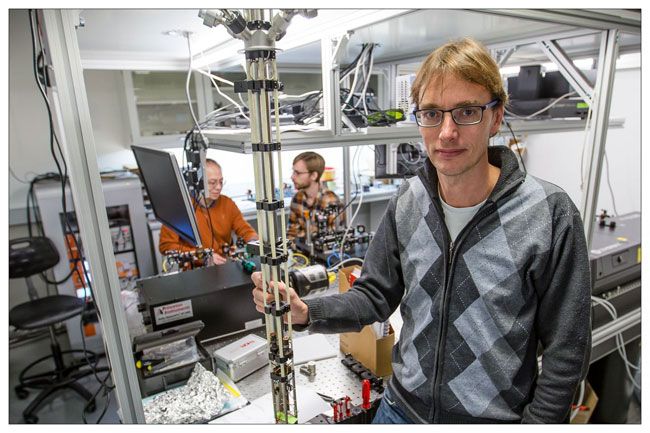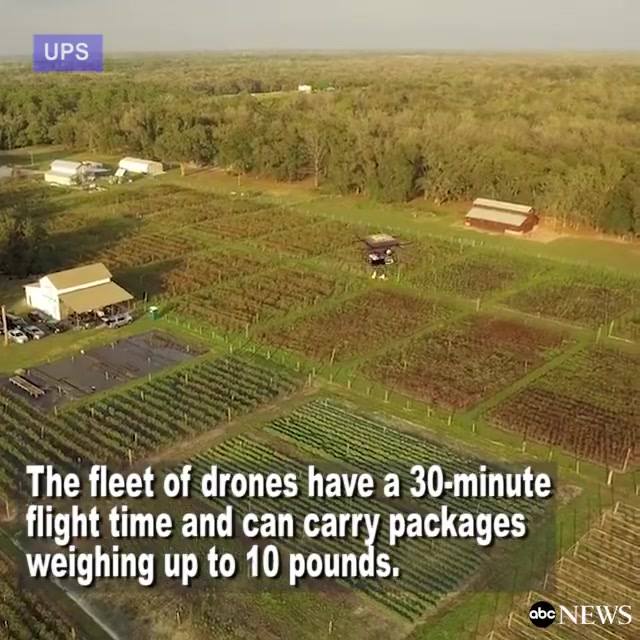Feb 21, 2017
A quantum leap for computers
Posted by Karen Hurst in categories: computing, quantum physics
More on the QC Blueprint which enables others to use as a reference when building a QC.
According to Prof Winfried Hensinger of the University of Sussex in the United Kingdom, he and his team have the first practical design for a quantum computer. Like millions of others, I have struggled to come to an understanding of quantum mechanics and how a quantum computer might work.
It would use qubits rather than standard on/off or 1 and 0 bits used in traditional computers. A qubit can have a state of anywhere between zero and one, including all the “states” in between. Theoretically, a quantum computer can perform a very large number of calculations simultaneously using the ideas of super positioning and quantum entanglement. The theory is that all the necessary calculations are carried out at virtually the same time, e.g. working out all the factors of a very large number. This kind of problem can take a regular computer quite a while.
















